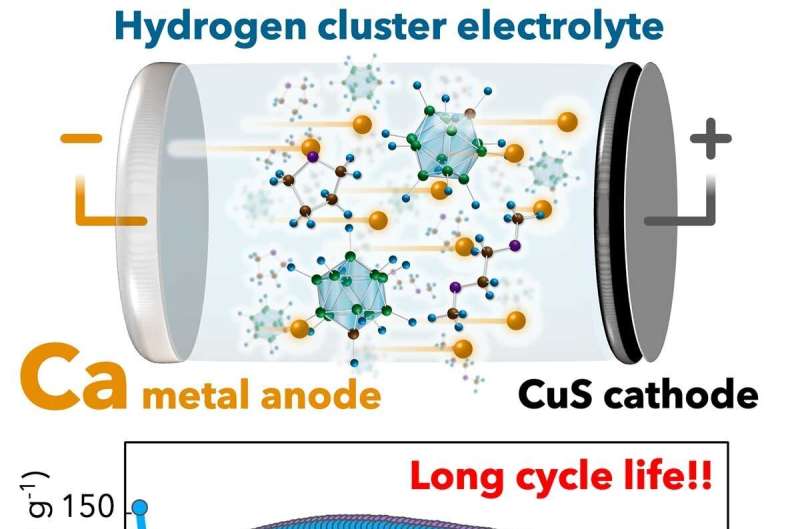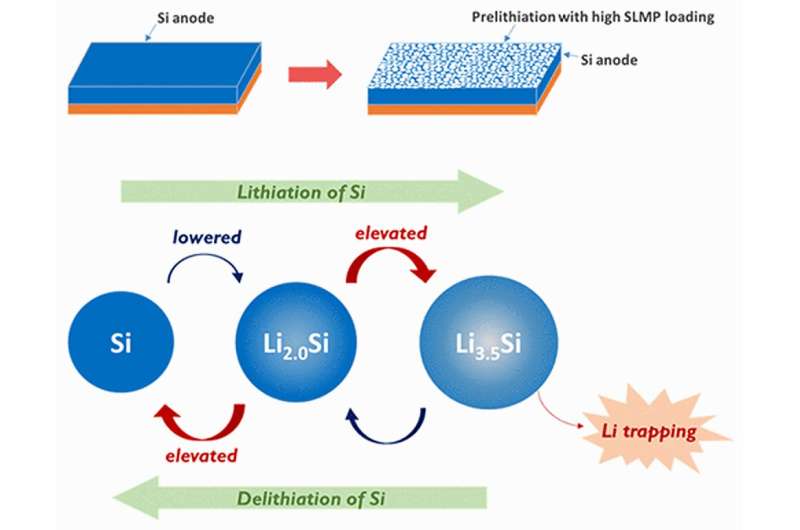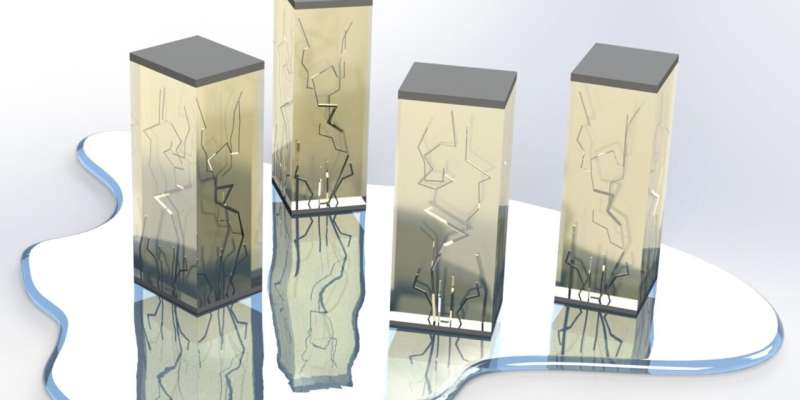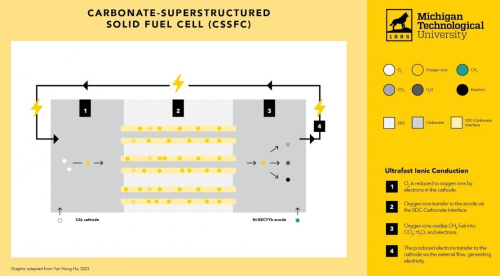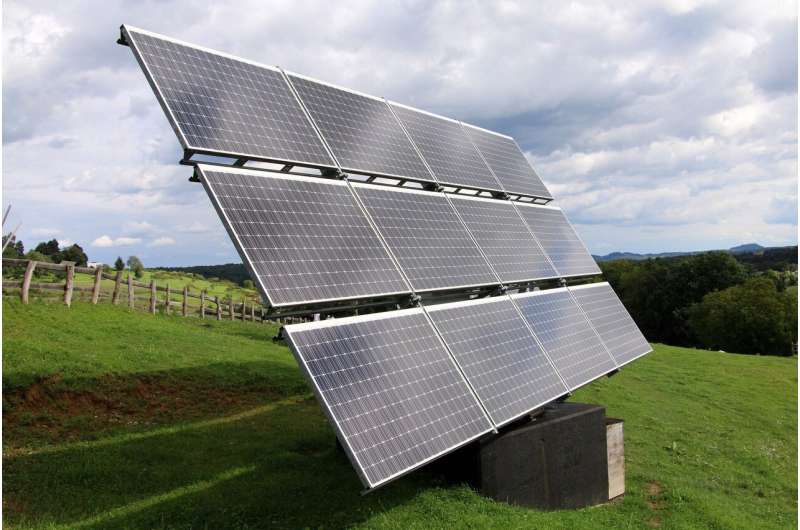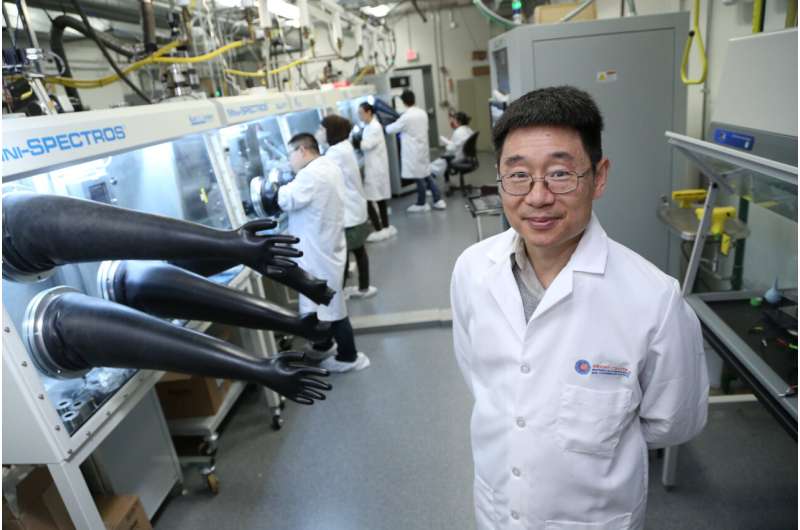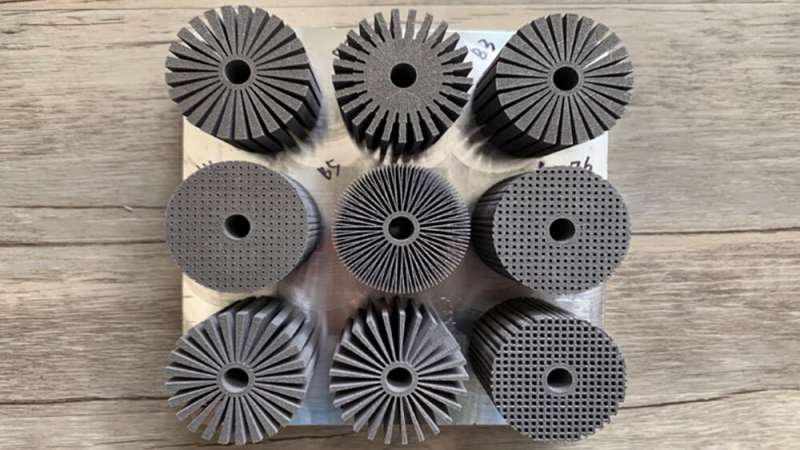
Several previous studies have investigated the performance of thermal energy storage systems, although none have yet revealed insights into improving rate performance, optimization and prediction of performance until now.
Phase change materials store thermal energy as latent heat and are often integrated with high-thermal conductivity metals to make composites with high power density and large energy storage capacity. The fundamental question addressed by this research was how to design a composite phase change material that balances both energy density (how much energy can be stored—the equivalent of how far an electric vehicle could travel before running out of charge) and power density (how quickly energy can be stored—the equivalent of how long it would take to charge up an electric vehicle) without adding excess mass or volume.
This research provides a theoretical framework to design and optimize cylindrical composites with three figures of merit—minimization of temperature rise, maximization of the effective volumetric heat capacity and maximization of the effective heat capacity based on mass. The figures of merit developed in this work can assess the performance of most composite phase change material systems and help design future cylindrical composites while accounting for the thermal loads specific to the thermal storage application.
Importantly, the team experimentally demonstrated that treating the system as an effective composite allowed them to quickly simplify the calculations and predict near-optimal structures.


